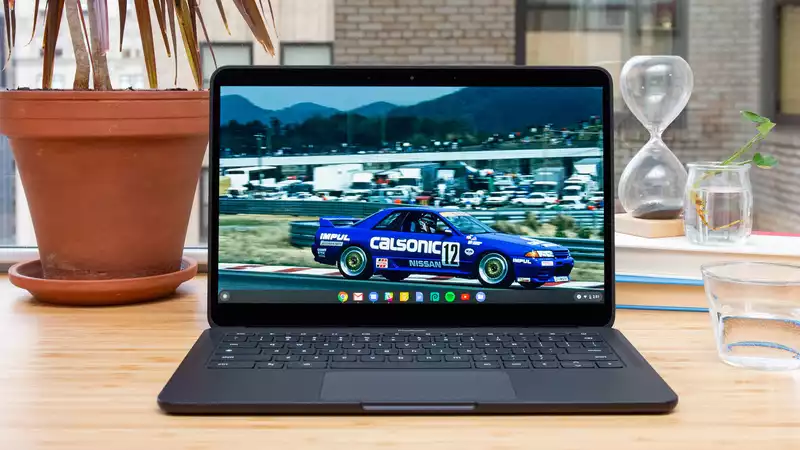Chrome OS M89 is a major step forward in the history of Chromebooks, adding a large number of features that make them more competitive with Macs and PCs. These are primarily productivity-focused features that make it easier to get work done and move seamlessly between tasks.
The biggest new features in Chrome OS M89 are Nearby Share and Phone Hub. The former is a fast and secure file transfer (think AirDrop in Android), and the latter, as the name implies, improves integration between Android and Chrome OS.
Chrome OS M89 is coming to Chromebooks this month (March 2021). New features include.
Phone Hub will allow users to check the battery level of their connected Android phone and the quality of their phone's connection. Quick actions such as enabling hotspot mode, silencing the phone, sending ringtones, etc. are available.
At the end of the Phone Hub, you will see the last two Chrome tabs on your device. This allows you to easily open the page you were reading on your phone. This is better and similar to Apple's Continuity, which allows you to open the active page on an open Apple device.
Phone Hub can also display and respond to notifications from selected apps. It allows you to reply to Signal text messages and other alerts.
Tired of emailing yourself to get something off your phone, Nearby Share provides faster and more secure file transfers between Android and Chrome OS.
Available online and offline, Nearby Share makes it easy to share text, files, and images between your phone and your Chromebook. Personal privacy and visibility settings allow you to control who can see them.
This could be a better version of Apple's AirDrop, which has the annoying problem of being too visible in public, as many people get obnoxious pictures and messages sent to them in public.
We are all sick of typing in passwords. Your Wi-Fi network credits will be synced on your Chromebook and Android phone. This allows you to simply connect and log in.
Apple devices will prompt you to confirm that you want to share your network password with other devices.
The system tray in the lower right corner will be much better. There, you will now find a Screen Capture button, which brings the ability to quickly capture an image or video of what is happening on your screen.
The screen capture is immediately saved to the clipboard. The clipboard will store the last five contents you copied, and Launcher Key + V will bring up five options.
The screen captures you take will also appear in the Tote section, a space on the shelf dedicated to important files (like the Dock in macOS). Files can also be pinned to the Tote.
Chrome OS will also upgrade Desks, the virtual desktops introduced in 2020. Up to eight Desks will be available. This will help students manage what they are doing in different classes and adults manage their work and home life on different Desks Windows and Desks will be restored and retained after a reboot. In addition, windows can be "sent" to a desk by right-clicking on the window and selecting the target desk.
Right-clicking on a term on a web page will bring up a quick answer related to the term or other content. This makes it easy to see definitions, translations, and dimension conversions.
Select-to-speak has also been improved in Chrome OS M89, including speed and pause settings for accessibility features.










Comments